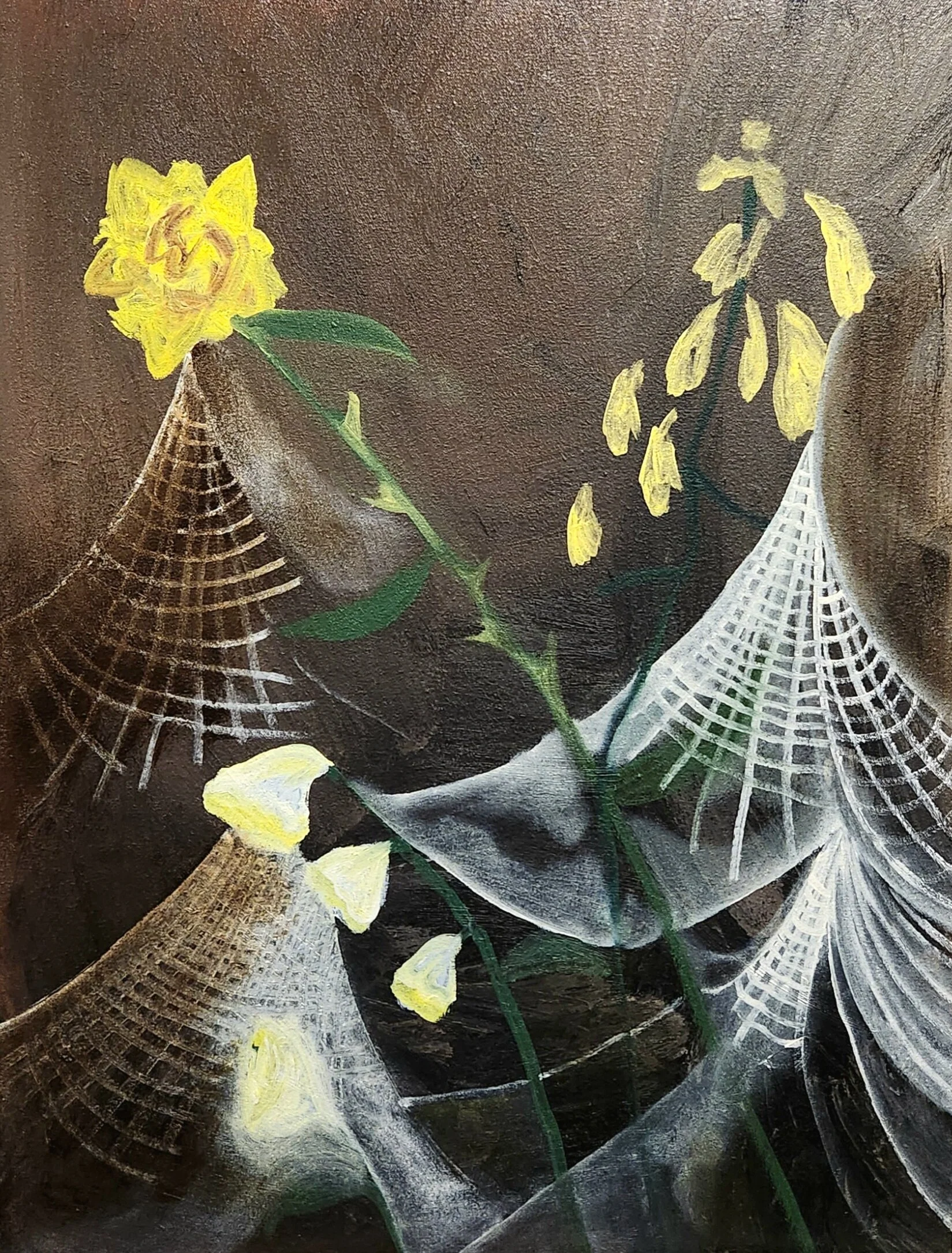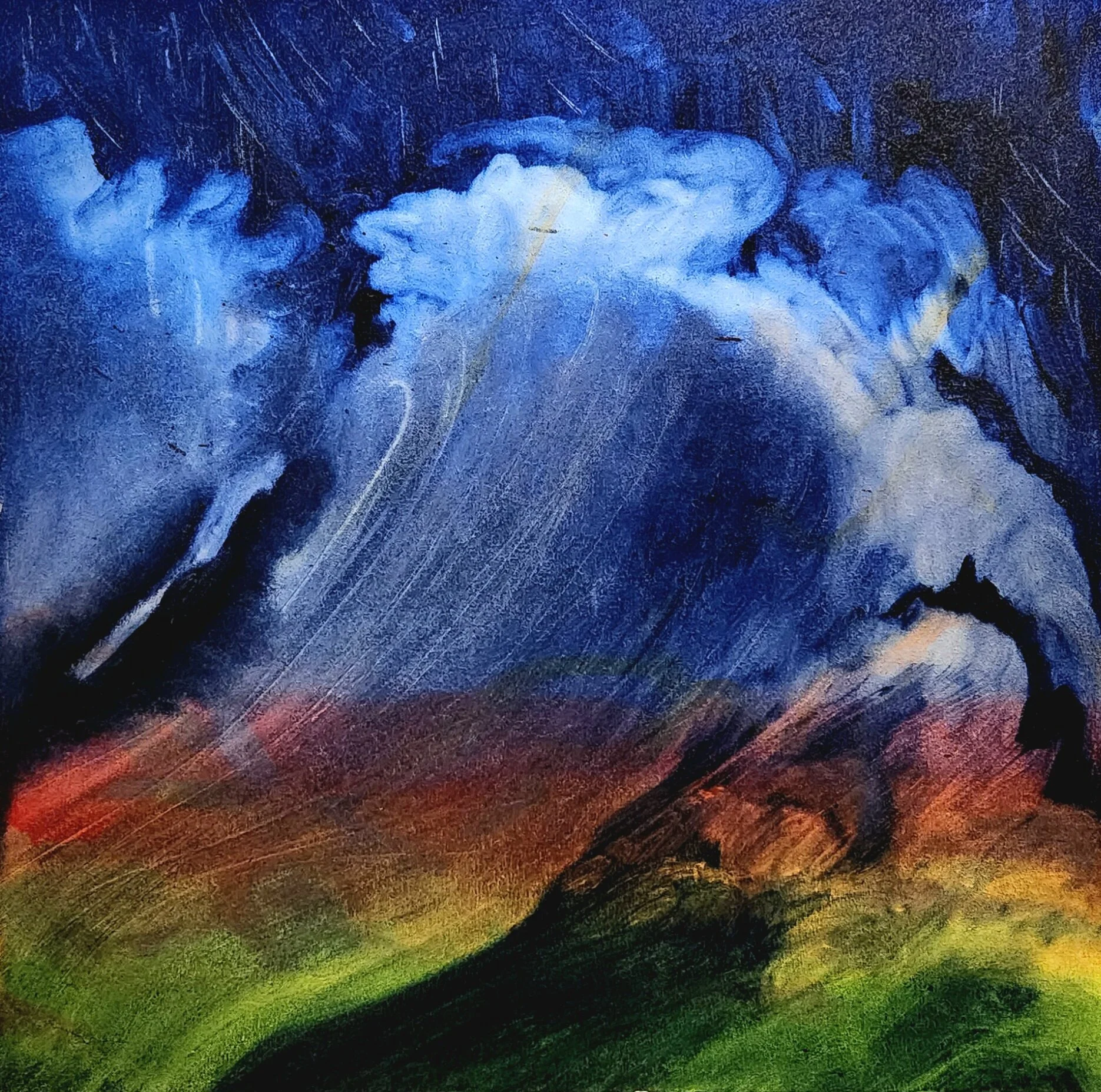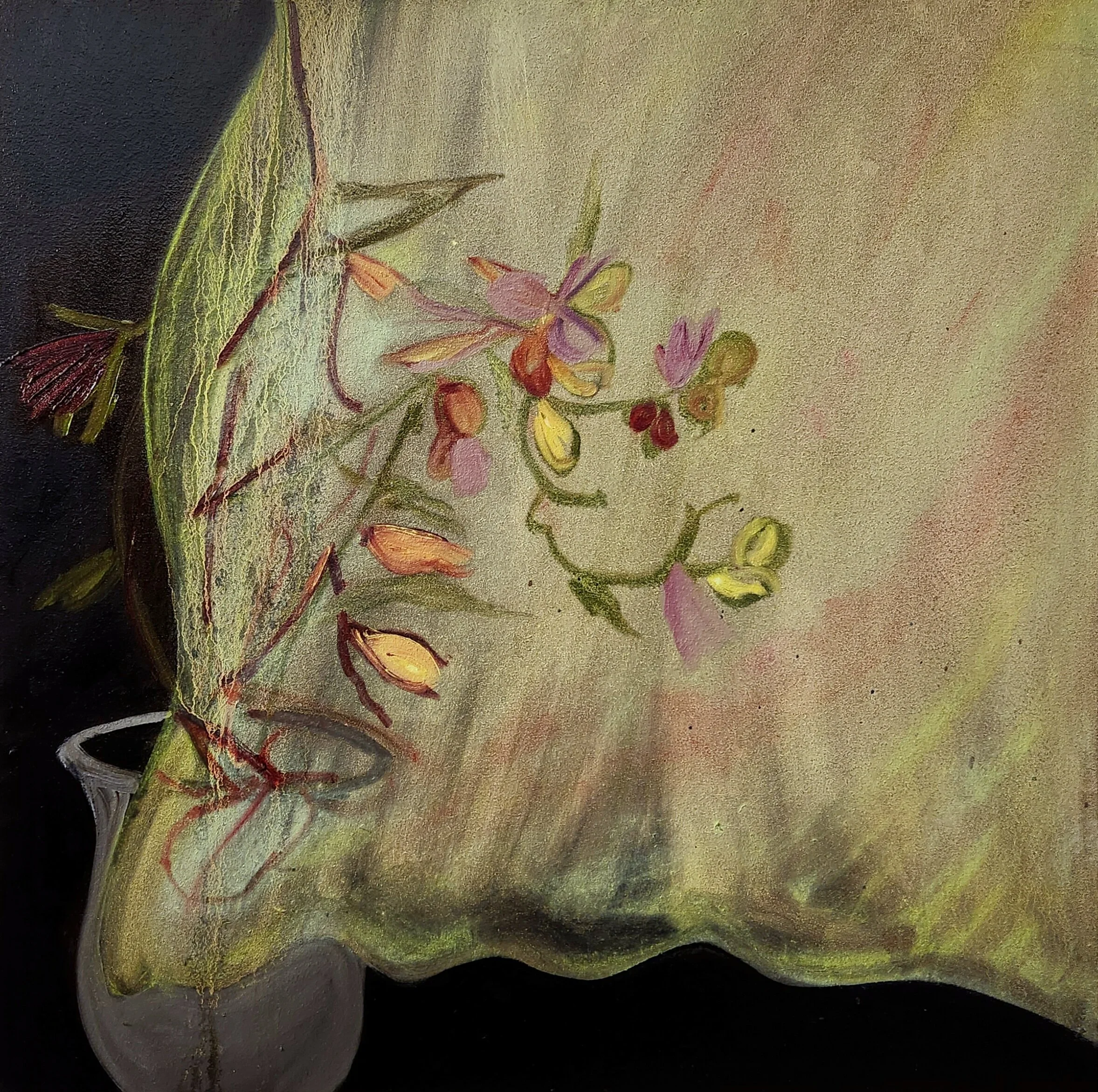Jacob Sechter
My name is Jacob Sechter (he/they) and I’m a current MFA candidate (’23) at the LeRoy E. Hoffberger School of Painting at the Maryland Institute College of Art (MICA) in Baltimore, Maryland, USA. I received my BFA ('16) at the University of North Carolina at Greensboro, North Carolina, USA.
Could you tell us more about your background and how you began creating art?
I was into drawing and making art as a kid, I would make little watercolors of flowers and animals and copy my favorite cartoons. It was my focus in high school and I was making a lot of fashion illustrations at the time. I fell in love with oil painting when I took my first class in undergrad and I’ve been painting ever since. I received my BFA in Painting in 2016 from the University of North Carolina at Greensboro and I’m a current MFA candidate (‘23) of the LeRoy E. Hoffberger School of Painting at the Maryland Institute College of Art in Baltimore, MD, USA.
What does your art aim to say to its viewers?
That there’s so much beauty in the world and we’re all connected in ways we’ll never truly comprehend. That femme and queer people are beautiful and strong and valid in their identities. That’s why I use the flowers and plants in my work so much, they’re like these feminine protagonists in the painting that are communicating things about both physical and spiritual growth and where the material world and my inner world collide; things blooming, wilting, depicting the cycles of nature. I’m also drawn to flowers because they’re culturally universal and something that everyone can agree are beautiful. I hope people who feel different, lonely, or misunderstood can look at my work and find some peace in it; to allow anyone a bit of an escape and provide them with something pleasurable that also makes them feel introspective or reconnect with some part of themselves.
Can you tell us about the process of creating your work? What is your daily routine when working?
When I walk in the studio I usually clean up and organize things from the previous session and scrape any dry or crunchy paint off my palette. If I’m starting a new painting, or several new paintings because I often have a few going in rotation, I’ll mix color for a long time just based on my mood or whatever I’m thinking about. I get inspiration from everything in my day to day life, from the landscape to fashion to movies and tv shows. I do a lot of thinking and writing about my work outside of the studio and I’ll write down ideas about color combinations, concepts, or potential subject matter, but they’re very loose notes, usually just jumping off points. Whenever I have an idea about the painting before I start it almost always changes, but I’m open to the painting kind of telling me what it wants to be. A lot of my process is about the gesture, and different qualities of touch that feel good or appropriate to what I’m trying to say and using those brushstrokes to build the painting. I’ll push paint around until I get an idea or see something in the paint and can run with it. Sometimes if I’m particularly wrapped up in a painting I can finish it in one sitting, but I usually put them down after a while and think about the next move, and when they’re touch-dry I can go in and add new marks to the existing image or completely change the direction of the painting by covering what I’ve already done. I’m often listening to music or a podcast, floating in and out of awareness about what I’m doing, so the paintings become a mix of controlled, decisive marks and intuitive flowing gestures. I find that dichotomy incredibly interesting when making the painting and when looking at them finished.
What is the essential element in your art?
I think the color is essential to my work, and that the paintings feel magical. It might be more important to me the way the painting feels than the way it looks… but really it only feels a certain way if it looks a certain way. I like when the colors feel like they’re working in perfect harmony and there’s a sense of balance, which creates an overall freshness and vibrancy within the work. As much as my work is about my own thoughts and interests, it’s important to me that the imagery and space within the painting remains loose and open enough to allow the viewer to place themselves in my world and see the things they wish to see or conjure their own associations and experiences.
In your opinion, what role does the artist have in society?
I think the role of the artist is to provide people new ways of seeing the world by sharing their personal vision and showing people an authentic perspective, and further showing others an example of how to live creatively, with openness.










